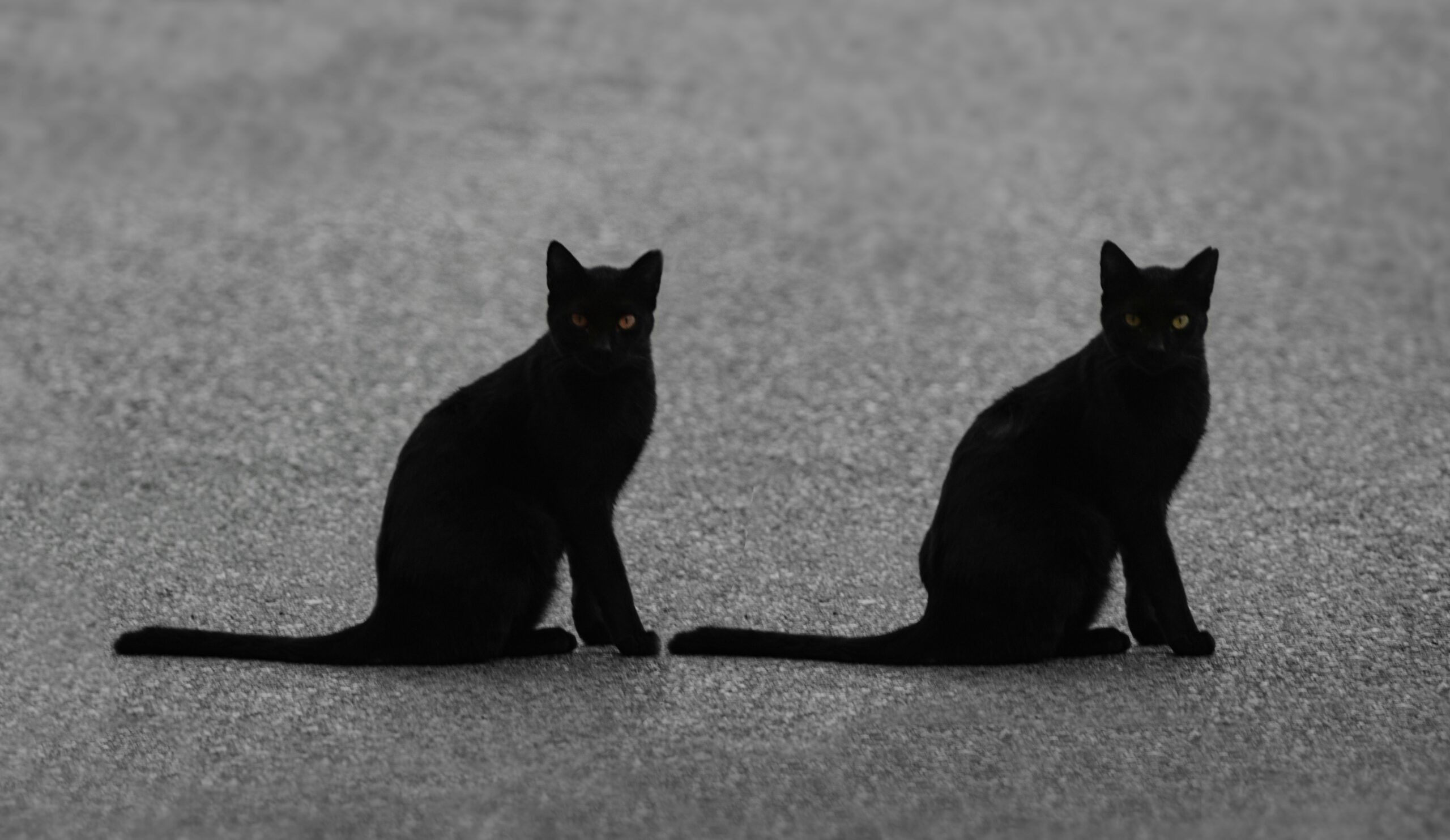
August 16, 2023
In the ongoing, historic Hollywood writers’ and actors’ strike, a major point of contention is how AI and emerging technologies threaten these workers’ creative and intellectual rights. In particular, actors are raising concerns about “digital doubles” — the AI-powered ability to reproduce an actor’s likeness, voice, and appearance, which studios could presumably use (and profit from) in perpetuity, without the actor’s direct participation. Concerned actors are grappling with a question that strikes at the heart of their profession: What are the consequences of having a digital double when your persona is the foundation of your craft and career?
It’s a question that the doppelgangers at the center of the Apple TV series Severance grappled with in entertaining and surprising ways, but that far exceeds the bounds of Hollywood. In fact, digital twins have become ever more pervasive: From deep fakes and avatars to big data that enables the creation and storage of online selves, all of us have a doppelganger that lives and acts online.
The doppelganger is a figure from German folklore, a ghostly apparition of one’s other — and usually a nefarious sign. Much of gothic literature focuses on the relationship between the main character and their other; think Dr. Jekyll and Mr. Hyde or the Picture of Dorian Gray. But the internet, and the collection of large amounts of data about our online activities, have generated a strange version of this figure, raising complicated questions about what it means to be a person in the digital age.
On May 4 and 5, Data & Society gathered researchers, academics, creatives, and technologists to reflect on the issues raised by various forms of digital doubling. “Digital Doppelgangers” explored questions that are at the core of what it means to have a doppelganger in a digital world: How do our digital doubles allow us to know ourselves and each other? What questions do they raise about representation, authenticity, and impersonation? How might we construct our doubles in desirable ways, and how might we perform them for algorithms? How are digital doppelgangers involved in the ways power, surveillance, and control are exercised?
The workshop featured sessions organized around pairings of papers that allowed presenters to share their work with participants and receive feedback. From the data doubles created by data collection to the stories our digital devices reveal about ourselves, we explored the breadth and depth of the many digital twins that live and act in political, social, and cultural life across the globe.
In addition to the paired presentations, all participants were invited to join one of three interactive workshops. The first, led by Mirabelle Jones, explored the eerie, creative potential of making deep fakes of oneself. The NUUM collective presented “Doppelganger,” a performance that centered a conversation between a present and past self. Finally, Gabrielle Benabdallah and Daniela K. Rosner led participants in a consideration of two ways of exploring the self through automatic writing, including one that used AI/ML tools.
In their engaging keynote — “Ima Put a Computational Hex on You” — anthropologist Shaka McGlotten reflected on their relationship with online and offline selves and the possibilities of “glitchcraft” to understand the histories of twins in digital space, as well as our increasingly uncanny daily interactions with algorithms and AI.
More double trouble
While this particular workshop has ended, we invite you to engage with some materials that represent its “double.” We are also in the process of understanding what other creative initiatives might emerge from it. Stay tuned!
Do you have thoughts on digital doppelgangers? Reach out to [email protected].
The Digital Doppelgangers workshop was the result of collaboration between Livia Garofalo and Ireti Akinrinade, with invaluable support from Siera Dissmore and Jenna Burrell. Additional thanks to CJ Brody Landow, Rigoberto Lara Guzmán, and Gloria Mendoza.

